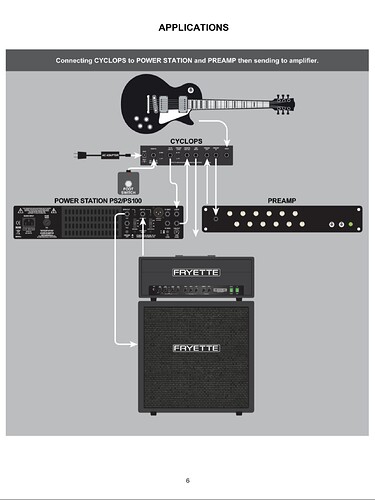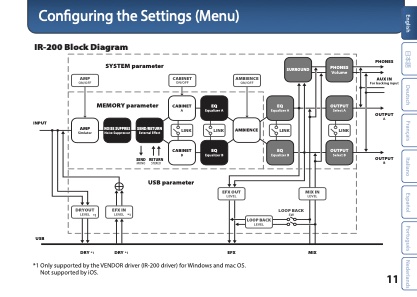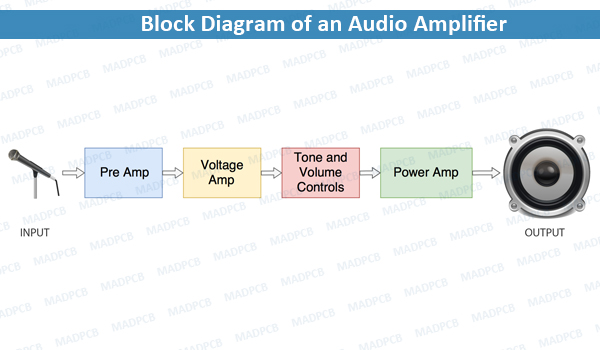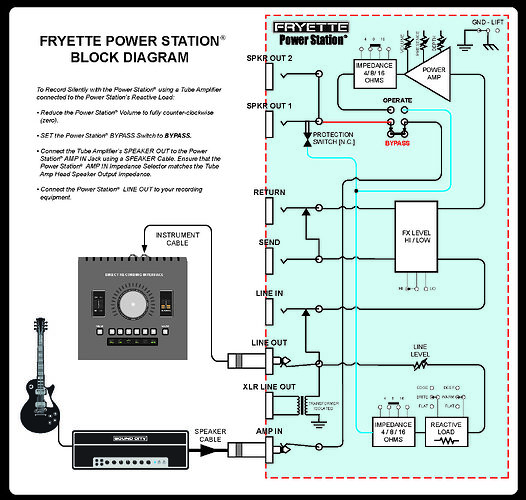Please provide functional block diagrams of the Cyclops and PS-2A so I can tell if these products will work for my application.
I have watched all the videos, poured over the manuals and read the forum topics and I still don’t have a complete picture of how these products operate, or how I could properly integrate the PS-2A and Cyclops into my rig. I’m an electronics engineer so I know the issue isn’t me.
If I may respectfully offer a bit of practical advice: You really should include functional block diagrams in the manuals for the Cyclops and the Power Station products (both models). Trying to explain how things are connected inside these units using only text or talking about it is very limiting, inefficient, and really poses a potential danger to the equipment your customers already own because those methods do not adequately explain the functionality of your products, and misunderstandings could lead to equipment damage.
Yes, this stuff is fairly simple IF you’re the designer and you know what connections you made inside the black box you designed. But that information is not obvious to anyone else. “Connect this to that” labels and diagrams, and phrases like, “the line out sits between the load transformer and the power amp” impart only vague insight insight into the functionality of these units. You really owe existing and potential customers block diagrams detailing the internal signal paths and functionality of every knob, switch and jack on the front and rear panels of these devices. This is the norm for products like this.
I have a complex rig that I think could benefit from the use of your products, but I won’t be using them exactly the way you diagrammed things in the product manuals. For one thing, my rig is stereo and I I’m thinking of using two of your PS-2A units. And your Cyclops may or may not be an appropriate solution for my use case – I will not be able to determine this until I see the block diagrams. I won’t get into specifics of my own rig here because that isn’t the point of my post. I couldn’t be that unique of a person - if I have this need, I’m sure others do as well, though their rigs will undoubtedly be different than mine.
Your products are, in short, beautiful, and I’m looking forward to buying and using them. Please provide those block diagrams!
Thanks in advance!




